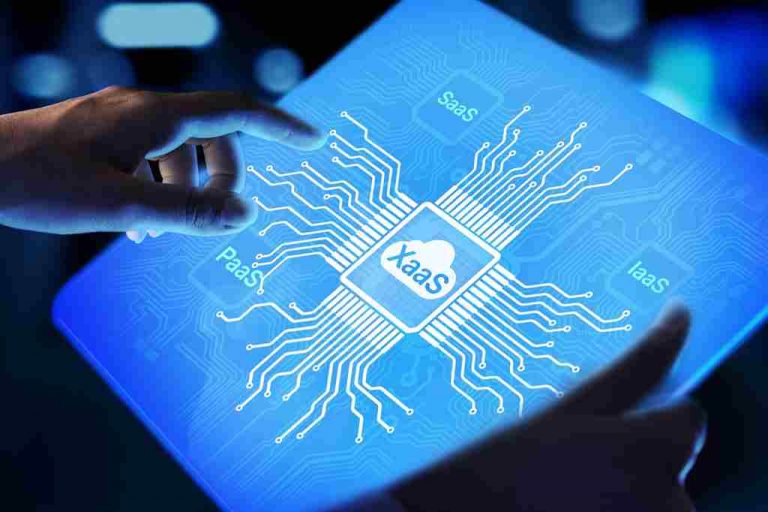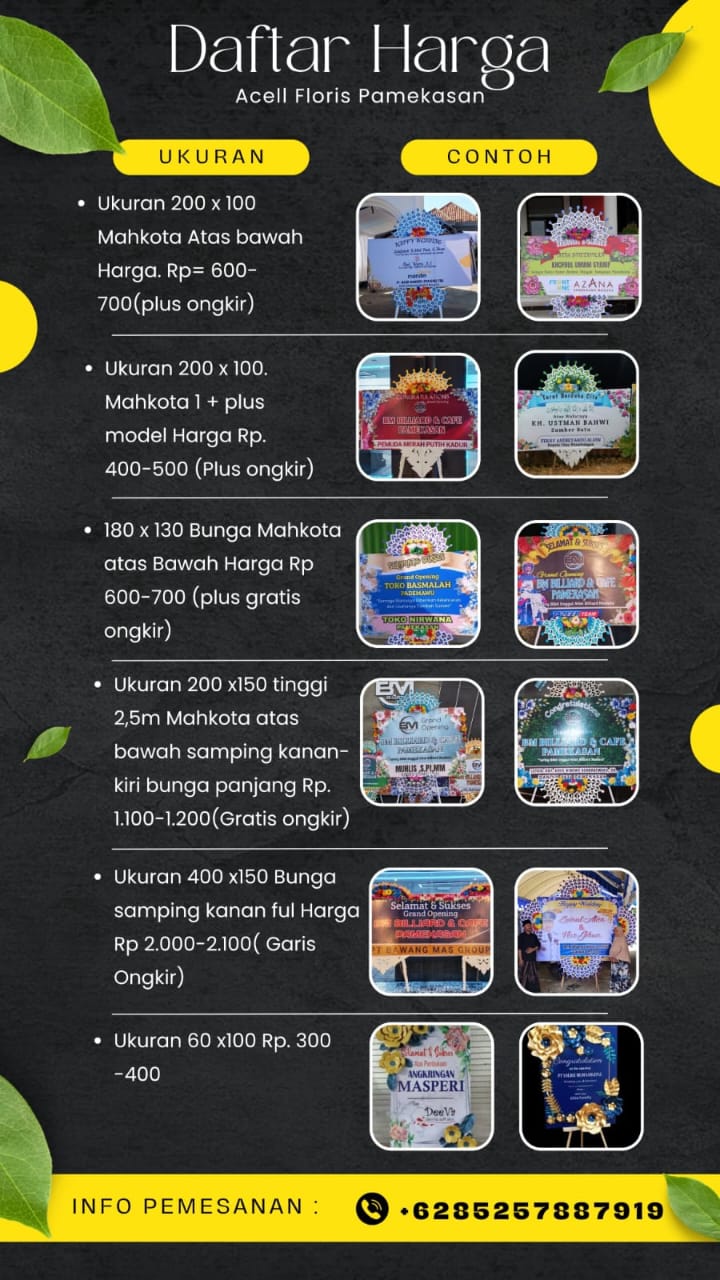Содержание
Then you’d have to set up a relationship between both tables so you could retrieve the data later on. With the MongoDB database installed and running on your system, you can start working with real databases using the mongo shell. The enterprise edition offers the same features as the community edition, plus other advanced features related to security and monitoring. This is the commercial edition, but you can use it free of charge for an unlimited time for evaluation and development purposes.

SQL to MongoDB Migrationis about migrating data from a relational database server to a MongoDB server. While there are existing tools that can handle this we also had to transform some data (e.g. fields being renamed, types being different, etc) and as such had to write our own tools for this. These tools were mostly one-off Ruby scripts that each performed specific tasks such as moving over reviews, cleaning up encodings, correcting primary key sequences and so on.
What Exactly Do You Need A Database For?
Users can obtain an ODBC driver for SnowFlake, which would allow your Excel apps to write/read from the backend, locally. MongoDB gets rid of the relational aspect of data in favor of data being very fluid in structure. One way to figure out the core entities is to follow how the users will behave in your system, what will the user create first, and what is dependant on other entities. Users would have the ability to create vaults and each vault will have many items and can be sorted into favorite, category, tag list… Please help. Doing User authentication and session management by ourself is kind a challenging, so if possible use firebase itself since it provides these features out of the box. With Appy Pie Connect Integration platform we deliver enterprise-class security and compliance to you and your customers through every interaction.
With every new release, Oracle tries to keep up with the innovation pace while focusing on information security including active data guard, partitioning, improved backup, and recovery. Wide-column — to store data in the tabular format with flexible columns, meaning they can vary from row to row in the same table. Since databases are just a part of the whole data management strategy, learn about this comprehensive approach in our dedicated article. Elasticsearch is a distributed, RESTful search and analytics engine capable of storing data and searching it in near real time. Elasticsearch, Kibana, Beats and Logstash are the Elastic Stack .
What is data replication: Meaning, types, strategies, advantages and disadvantages – Dataconomy
What is data replication: Meaning, types, strategies, advantages and disadvantages.
Posted: Tue, 13 Sep 2022 13:26:24 GMT [source]
All the benefits of relational joins and constraints, with JSON field types in Postgres to allow for flexibility like mongo. Objection ORM makes query building seamless and abstracts away a lot of complexity of SQL queries. I’m trying to figure out what the best stack is for this project. If anyone has advice please, I’d love to hear more details. PostgreSQL users have to be prepared for the difficulties of scalability when an application is launched. PostgreSQL utilizes a scale-up strategy, so at one time or another in high-performance use cases, it’s possible to hit a wall.
Security, Performance, And Consistency You Can Rely On
For example, if you try to save a Tutorial object without a .title, then your model throws an exception and lets you know. You can take this even further and add more restrictions, such as the length of the .title, and so on. Here, you run a loop on the object that .find() returns and print successive results, using pprint.pprint() to provide a user-friendly output format. If you’re on Windows, then you can read through the installation tutorial for complete instructions. In general, you can go to the download page, select the Windows platform in the Available Downloads box, choose the .msi installer that fits your current system, and click Download. IoT application and microservice architecture that tend to scale its data hosting will summarize our list of best use cases with Redis.
It is important to remember the difference to avoid duplicate work. A dialog will pop up where you can explore the tables in your SQL Server and select as many of them as you want. It also detects the target database and collection wherever possible, or otherwise they are left blank. In any case, they can always be modified in the GUI later.
Azure Database Migration Service Documentation
These files are managed by the MongoDB server, which can handle several databases. The mongo shell is an interactive JavaScript interface to MongoDB. You can use this tool to query and manipulate your data as well as to perform administrative operations. Since it’s a JavaScript interface, you won’t use the familiar SQL language to query the database.
- One of the most impressive details about PostgreSQL is that it offers support for all transaction isolation levels specified in the SQL standard, along with serializable.
- Additionally, there are constant MongoDB update releases, with no guarantee that all amendments or data changes will work as they did before.
- As Microsoft creates a sustainable ecosystem with well-integrated services, the MSSQL here with its access to cloud and powerful data retrieval tools comes in handy.
- Additionally, developers can always expect free and prompt community assistance.
- MongoDB is a document-oriented and NoSQL database solution that provides great scalability and flexibility along with a powerful querying system.
PostgreSQL takes advantage of it, being one of the few relational databases with strong support for NoSQL features. Additionally, it allows users to define their own data types. However the document in MongoDB is automatically enhanced with a “_id” field, if it is not present. When you want to get this one document, you can use this “_id” field – it behaves exactly like the primary key from relational databases. PostgreSQL stores data in tables’ rows while MongoDB stores data as JSON documents.
Download a free 30-day trial and see how easy it is to automate Postgres to MongoDB data migration tasks with FME. Use FME to convert data from PostgreSQL databases into JSON mongodb to postgresql for loading into MongoDB NoSQL databases without writing any code. The second option is to export PostgreSQL DB to JSON and then import it to MongoDB via mongoimport.
How To Migrate Mongodb Data To Postgresql Using Mongoexport
When choosing a database, you should consider its strengths and weaknesses carefully. You also need to consider how the database fits into your specific scenario and your application’s requirements. Sometimes the right solution is to use a combination of SQL and NoSQL databases to handle different aspects of a broader system. Speaking of Cassandra, it’s also a pretty respectable option for data centers and real-time analytics with oceanic volumes of data. Redis basically has a few different directions to work with. Here, heavy data from IoT devices can be transferred to Redis to process these records before keeping them in any steady data storage.

Having automatic data validation is a great feature that will save you some headaches. With this model, you tell MongoEngine that you expect a Tutorial document to have a .title, an .author, a list of .contributors, and a .url. The base class, Document, uses that information along with the field types to validate the input data for you. PyMongo also provides methods to replace, update, and delete documents from a database. If you want to dive deeper into these features, then take a look at the documentation for Collection. Here, .insert_one() takes tutorial1, inserts it into the tutorial collection and returns an InsertOneResult object.
Creating Collections And Documents
The process was relatively simple as everything was based on configuration. Additionally, as we add a stage marker to the logs, it was also possible to repurpose the previously built dashboards simply by updating the Kibana filter. So you get all the 5 million rows from postgresql at once and then makes an entry into mongodb one by one? There is no one solution fits all thing here, you have options like export PostgreSQL DB to JSON or CSV to migrate to MongoDB.
But it turned out, storing data like this is not always convenient. For instance, one of Containerum Platform services, resource, which manages the resources within Kubernetes namespaces, operates highly nested datasets. In case of a relational database it leads to having too many tables, complicated queries, slower performance, etc. While switching from PostgreSQL to MongoDB is not difficult, the process often involves more than just extracting and migrating data. You’ll also need to examine the details of the applications that access your database. For example, if you’re using an ORM that does not support both relational and document databases, you’ll need to find a new library that can connect to MongoDB.
Also, this DBMS keeps in memory all key names for each value pair. Beyond that, because there is no support for joins, Mongo databases have data oversupply, resulting in big memory waste and lower application performance. As a completely commercial tool, Microsoft SQL Server is one of the most popular relational DBMS, in addition to MySQL, PostgreSQL, and Oracle. It copes well with effective storing, changing, and managing relational data.

Idiomatic drivers are available for more than a dozen languages, but the MongoDB community has contributed plenty of others. You can take advantage of real-time aggregation, ad-hoc queries, and rich indexing to give powerful programmatic ways to access and examine data of all structure types. Open-source platforms are fully capable of meeting the demands of enterprises, large or small. If your company needs additional features offered by commercial databases for its applications, it might be better to stick with those platforms. If you don’t need those features, migrating to an open-source database is a perfectly feasible option for your business.
Types Of Databases: Relational Vs Non
The schema view shows the specification of the documents you want to import. That is, their fields , their types, and which dataset and column is the source for each leaf field. In the case of arrays, you can also see which one-to-many relationship they represent. The keys here are also column names, the values are drawn from the line for each column. The functionarray_agg is also used to transform a set of strings into a postgresql array, since thearray_to_json input expects this data type. It is way more convenient to store such data in document-oriented databases which were designed for such purposes.
If we have a dataset, A, and then define a one-to-one relationship with another dataset, B, this means that for each row in A, there is one corresponding row in dataset B. We can move fields from one object to another via drag and drop. Alternatively, select the parent object and click on the Add object button. We can also create a new field whose value is an object. The JSON preview shows a sample of the documents that will be imported, in their final state.
Mongodb Acknowledges Top Partners
The next few sections will walk you through different options for using MongoDB databases in your Python applications. Once you have a database and a collection, you can start inserting documents. However, MongoDB’s documents are way more versatile https://globalcloudteam.com/ than rows because they can store complex information, such as arrays, embedded documents, and even arrays of documents. In this example, you use the dot notation to create tutorial as a collection in rptutorials, which is your current database.
Creating Mongodb Databases With The Mongo Shell
The AWS infrastructure backing the CODE environment was far less powerful than PROD simply because it receives far less usage. We need to be able to edit any article on the site regardless of when they were published, so all articles exist in our database as the single “source of truth”. Answering to your performance, the migration of each JSON object will be dynamic and there shouldn’t be any memory lock issues when you use the above framework. Then I thought of writing code in Java because of its garbage collector.
This feature doesn’t actually deal with SQL, the language. You can now easily set up multiple imports, each of them coming from a main table to a target collection. What before were separate imports can now be done as independent pieces or units within a larger migration. This is simple but very useful, especially if you plan to import a full database at once.










